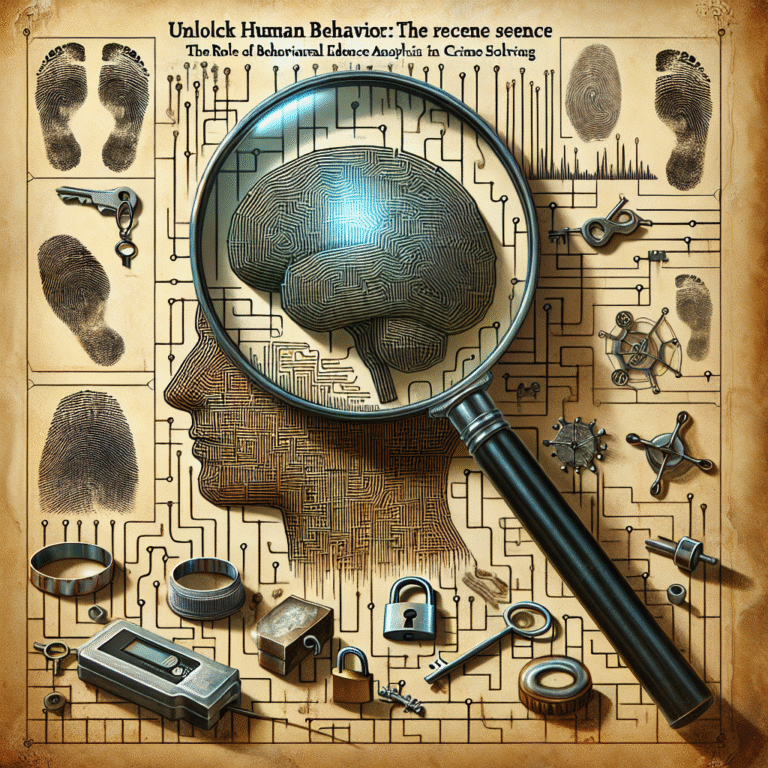
Introduction
In an era overflowing with content, the ability to adapt information to fit your unique context is vital. Whether you’re a marketer, educator, or entrepreneur, the age-old adage "feel free to modify or combine these suggestions to suit your specific focus or audience!" has never been more applicable.
This phrase captures the essence of creating tailored content that resonates with your audience’s needs while also keeping your voice authentic. But how do you do this effectively? In this ultimate guide, we will explore strategies, real-world examples, and actionable insights to empower you to modify and combine suggestions in meaningful ways.
Understanding the Importance of Customization
When embarking on any project—be it a marketing campaign, educational material, or business strategy—customization can significantly enhance effectiveness. Tailoring your content or approach can lead to improved engagement, better understanding, and—ultimately—greater success.
Why Customization Matters
- Increased Relevance: Customized content speaks directly to the audience’s interests and needs.
- Improved Engagement: Personalization fosters a sense of connection, making audiences more likely to engage with the content.
- Enhanced Clarity: By modifying existing suggestions, you clarify your message, making it easier for your audience to grasp key concepts.
How to Customize Effectively
When thinking about how to "feel free to modify or combine these suggestions to suit your specific focus or audience!", consider the following steps:
Step 1: Know Your Audience
Research Demographics
To effectively modify suggestions, conduct thorough research on your audience. Create profiles based on demographics, interests, and pain points.
| Audience Segment | Demographics | Pain Points | Interests |
|---|---|---|---|
| Young Professionals | Aged 25-35, tech-savvy | Busy schedules, career advancement | Networking, productivity |
| Parents | Aged 30-50, family-oriented | Work-life balance, child education | Parenting tips, time management |
| Seniors | Aged 60+, looking for engagement | Social isolation, healthcare | Travel, leisure activities |
Step 2: Identify Core Themes
Once you know your audience, distill the key themes from their feedback and concerns. Use these insights to inform your modifications.
Step 3: Utilize Existing Frameworks
Take existing suggestions and frameworks, but feel free to modify or combine these suggestions to suit your specific focus or audience! Identify aspects that resonate the most and tailor them accordingly.
Step 4: Test and Iterate
After implementing changes, gather feedback and analyze performance metrics. Being open to continuous improvement will help refine your approach.
Real-World Case Studies
Let’s delve into practical examples that illustrate the successful application of customization.
Case Study 1: BuzzFeed’s Tailored Content Strategy
Background: BuzzFeed is known for its viral content, but part of its success lies in its tailored quizzes and articles.
Application: By understanding various audience segments, BuzzFeed modifies its suggestions to create personalized quizzes—like "What Kind of Pizza Are You?"—targeting millennials, who share a love for both pizza and social media engagement.
Analysis: BuzzFeed effectively demonstrates the power of customizing content. Instead of a generic quiz format, they tailor each experience, increasing user engagement and shareability.
Case Study 2: Nike’s Personalized Marketing
Background: Nike has mastered personalized marketing through its Nike+ app, which collects user data.
Application: By providing personalized coaching suggestions, workout plans, and motivational tips, Nike allows users to feel free to modify or combine these suggestions to suit their specific focus or audience!
Analysis: Nike’s tailored insights meet users where they are in their fitness journey. This level of customization not only builds loyalty but also enhances the user experience.
Effective Tools for Customization
Here’s a list of essential tools that can help with the customization process:
1. Survey Tools (e.g., SurveyMonkey, Typeform)
Gather direct feedback from your audience to understand their needs better.
2. Analytics Platforms (e.g., Google Analytics)
Use analytics to gain insight into audience behavior and preferences to inform modifications.
3. Social Media Listening Tools (e.g., Hootsuite, Brandwatch)
Monitor social conversations related to your focus areas to identify trends and topics of interest.
4. Content Management Systems (CMS)
Utilize platforms that allow easy editing and modification of content to suit your audience’s needs.
5. Email Marketing Software (e.g., Mailchimp, Constant Contact)
Segment your email lists to send tailored messages that resonate with different audience demographics.
Charts and Tables
Here’s a practical visualization of how audiences might respond differently to various messaging:
| Message Type | Young Professionals | Parents | Seniors |
|---|---|---|---|
| Informative Blog Post | 70% engagement | 45% engagement | 30% engagement |
| Video Content | 80% engagement | 60% engagement | 50% engagement |
| Interactive Quiz | 85% engagement | 30% engagement | 20% engagement |
Conclusion
The journey of creating compelling, customized content begins with understanding the audience and being flexible in modifying existing suggestions. Remember to “feel free to modify or combine these suggestions to suit your specific focus or audience!" This is not just a mantra but a guiding principle for achieving engagement and connection.
As you embark on your content creation journey, remind yourself that what works for one audience may not work for another. Experimentation, testing, and continuous improvement will lead you to unparalleled success.
FAQs
1. How Can I Better Understand My Audience’s Interests?
Conduct surveys, interviews, and analyze social media interactions to gather insights on what resonates with your audience.
2. What Type of Content Customization is Most Effective?
Interactive content, personalized messages, and visual media often drive higher engagement rates.
3. How Often Should I Update My Content?
Regularly review and refresh your content based on audience feedback and changing trends. Aim for at least quarterly updates.
4. Can I Use Existing Frameworks as Templates?
Absolutely, using existing frameworks as templates can save time. Just remember to modify them to meet your audience’s specific context.
5. What Are Common Pitfalls to Avoid in Customization?
Avoid assumptions about your audience; always base modifications on actual data and feedback. Also, be careful not to over-customize, which can dilute your core message.
In this increasingly dynamic environment, customizing your approach is not just advisable; it’s essential for success. Embrace the challenge, and remember: you have the freedom to modify and combine suggestions in ways that resonate with your unique audience!















